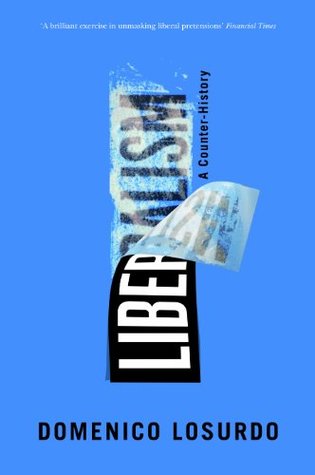More on this book
Kindle Notes & Highlights
It affords a curious spectacle to observe, that the same people who talk in a high strain of political liberty, and who consider the privilege of imposing their own taxes as one of the inalienable rights of mankind, should make no scruple of reducing a great proportion of their fellow-creatures into circumstances by which they are not only deprived of property, but almost of every species of right.
When we’re working at the sugar-mill and catch our finger in the grinding-wheel, they cut off our hand. When we try to run away, they cut off a leg. I have been in both these situations. This is the price you pay for the sugar you eat in Europe.72
Once again, processes of enslavement and practical genocide were closely intertwined.
On the one hand, Grotius paid homage to the ‘free People’ who in Holland had availed themselves of their right of resistance, legitimately shaking off the yoke of a despotic prince.104 On the other, he had no difficulty justifying slavery and even the kind of ‘wild beast’ hunt against Indians underway in America.
Unquestionably, ‘God commanded … labour’ and private property, and could certainly not want the world created by him to remain ‘common and uncultivated’.111
although regarded as legitimate in all three cases, the institution of slavery was theorized and affirmed without the least reticence solely by the Dutch author, whose life straddled the sixteenth and seventeenth centuries.
But it remains the case that in all three liberal revolutions the demand for liberty and justification of the enslavement, as well as the decimation (or destruction), of barbarians, were closely intertwined.
Slavery is not something that persisted despite the success of the three liberal revolutions. On the contrary, it experienced its maximum development following that success: ‘The total slave population in the Americas reached around 330,000 in 1700, nearly three million by 1800, and finally peaked at over six million in the 1850s’.
Hence slavery in its most radical form triumphed in the golden age of liberalism and at the heart of the liberal world.
‘There are countries where the heat enervates the body and weakens the courage so much that men come to perform an arduous duty only from fear of chastisement: slavery there runs less counter to reason’.
two essential points: (1) condemnation of despotic political power and the demand for self-government by civil society in the name of liberty and the rule of law; (2) assertion of the principle of the inadmissibility and ‘uselessness of slavery among ourselves’, or of the principle on whose basis England—and, prospectively, Europe—possessed ‘too pure’ an air to be able to tolerate the presence of slaves on its ‘soil’.
Having been spatial, the line of demarcation of the community of the free ends up becoming racial.
The very country that elevated itself into champion of the struggle against slavery distinguished itself in completely the opposite direction: not only did it use the labour of ‘slaves’ in India and other colonies, but it ‘[held] in unlimited subjection not less than one hundred and fifty million human beings, dispersed over every part of the globe’.84


